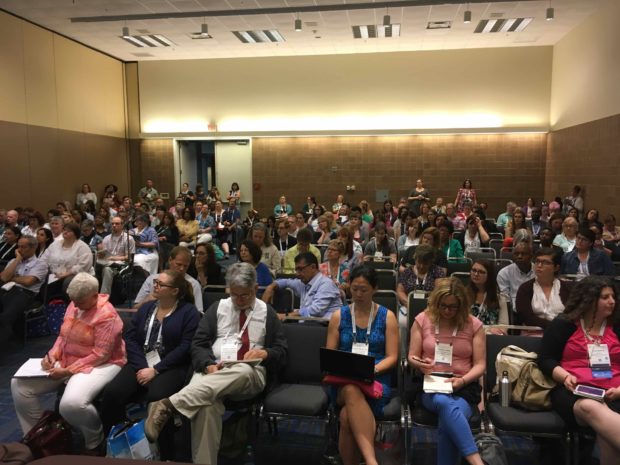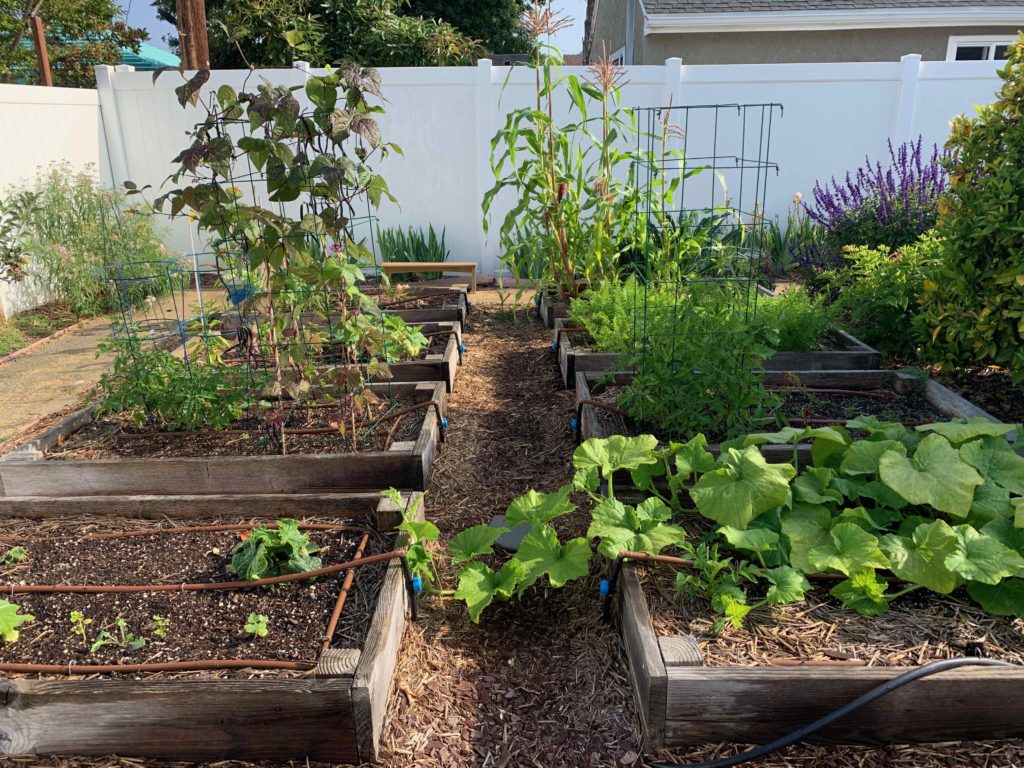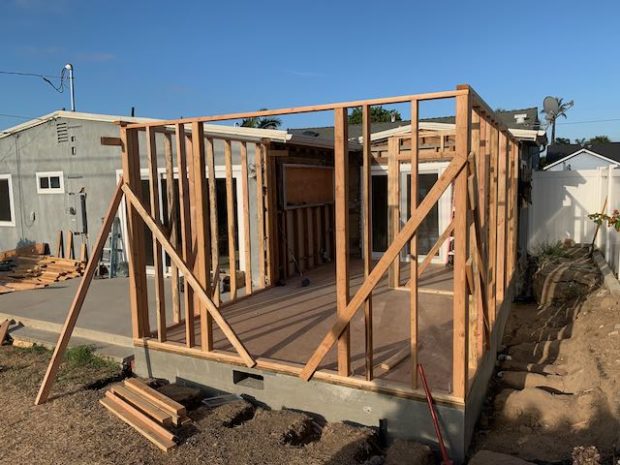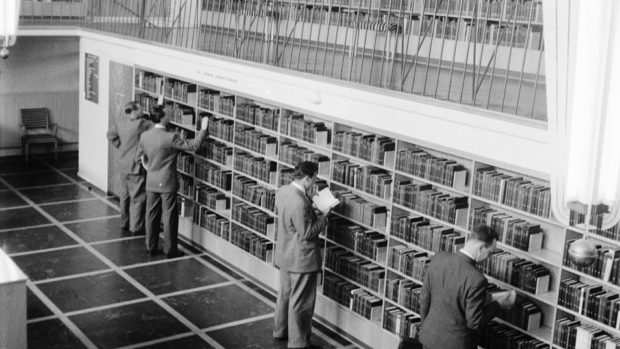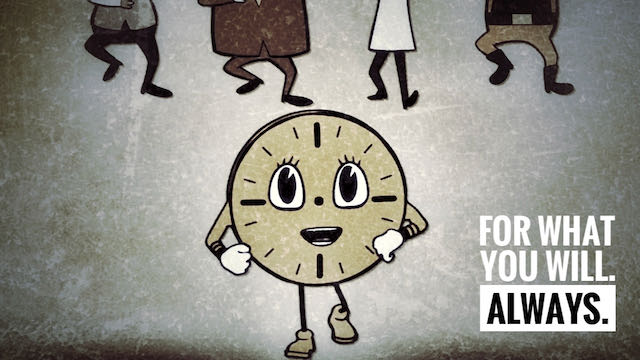The updates from academic libraries are slowing down this month as many colleges and universities transition into the summer sessions, but there are still quite a few updates and events worth highlighting. I’ve shortened the lists to include only my top 5 announcements, social posts, and events, but (I couldn’t help myself) I included a “notable mentions” list at the end.
While not necessarily represented below, I’m noticing a few trends, including AI, retirements, renovations, and podcasts. Perhaps I’ll dedicate a future post to a news roundup of one of those topics.
News and announcements
The University of Michigan Libraries is offering free borrowing privileges for Native and Indigenous peoples not already affiliated with the institution.
Interviewers from Berkley Library’s Oral History Center presented their work on the Japanese American Intergenerational Narratives Project at the annual meeting of the National Council on Public History and wrote about the experience of traveling to Topaz (Utah) where some 8,000 Japanese Americans were forcibly incarcerated during World War II.
The University of Arkansas Libraries processed a new photo history collection of photographs by Geleve Grice, depicting daily life in the Black community around Pine Bluff. Notable figures in the photographs include Muhammad Ali, Rev. Jesse Jackson, Dionne Warwick, Maya Angelou, Wiley Branton, Edith Irby Jones, Ida Rowland Bellegard, Raymond Miller, Lawrence A. Davis, Martin Luther King Jr. and Silas Hunt.
The Olin Library at Rollins College is hiring for an Artificial Intelligence Librarian. Couched firmly in the context of information literacy, this position seeks to bring together the ACRL Framework and AI into the classroom.
The University of Virginia Libraries is funding “research sprints”: an intense 1-3 working day collaboration between faculty and librarians to support specific research projects.
Notable mentions
- Washington University in St. Louis is telling the story of Asian Americans in St. Louis.
- Southern Methodist University Libraries renamed a scholarship in honor of a recently passed colleague, Jalesia Horton.
- Fresno State honored graduating student employees with digital bookplates.
- The ZSR Library at Wake Forest University has a roundup of the collections they’ve processed this year.
- UC Davis Library launched a new faculty experts discovery system.
- IUPUI Library hosts a monthly caption contest using photographs from its special collections.
- Dartmouth Libraries has a video competition for students to encourage them to share their research work.
- The University Libraries at the University of Albany has a graduate student internship to help with marketing and outreach.
On social
I love what Bass Library (Yale) is doing on Instagram. They are using a balanced mix of popular audios, high quality photo/video, and humor. Someone is obviously having a lot of fun over there.
The University of Michigan Library has an informative video that explains what a leafcaster does [YouTube]. This informal style of a BTS perspective (talking to the camera vs. voice over), especially in the lab setting, is engaging without begin boring.
Fondren Library at Rice University announced on Facebook that it is launching a seed library.
RIT Libraries just uploaded a bunch of “Hey Listen” episodes to its YouTube page. The series was created by the National Technical Institute for the Deaf at Rochester Institute of Technology and featured deaf panelists, audience members, and hosts.
Northwestern University created a fabulous video [YouTube] to highlight its university archives. The intro graphic and music choice are superb and the pacing is just right. I’m assuming this was produced as a collaboration between the library and the uni’s main marketing arm.
Notable mentions
- This University of Chicago Library video for Banned Books Club. [Twitter/X]
- BYU Library has a Lego exhibit. [YouTube]
- Virginia Tech Libraries has an archives and paper airplane competition. [Twitter/X]
- Ohio University is getting ready for renovations. [YouTube]
- William & Mary Libraries are highlighting the research their faculty and students are working on during a writer’s retreat. [Twitter/X]
- University of Oregon Libraries made a cute Instagram video with their students workers. [Instagram]
- Grand Valley State lends out plants. [TikTok]
Interesting events and exhibits
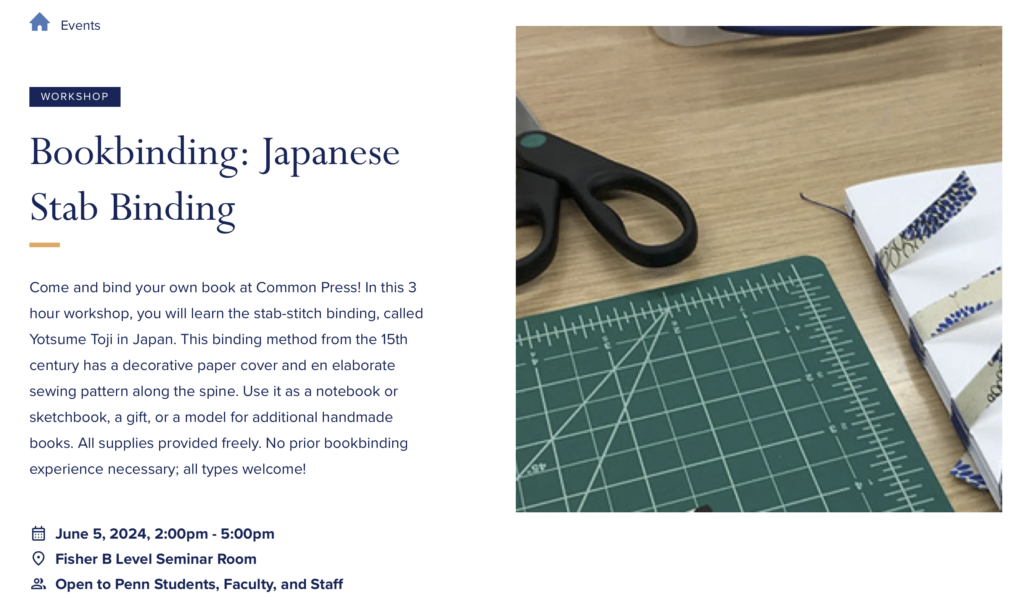
The University of Cincinnati Libraries is hosting a 21-day anti-racism challenge on topics including structural racism in health care, white privilege, and the difference between “not-racist” vs. “anti-racist.” The self-guided work culminated in a synchronous virtual discussion.
Yale Library currently has an exhibit on the copying sacred texts. In addition to highlighting some notable works, including those of Kyeongho Kim, it aims to encourage the meditative practice of hand-copying texts.
Drexel University Libraries annually honors members of its campus community who authored publications in the last year. This year, they honored their highest number faculty, staff, and student in the 12 years of the program: 118!
The University of Michigan Libraries hosted “Dragademia,” a part lecture, part performance on the cultural issues surrounding drag performance. Apparently singing was involved.
Penn Libraries is hosting a workshop on stab-stitch binding.
That’s it for now! As I was preparing this post, I began to notice many of the Pride Month posts rolling out. So while not included in the list above (which mostly covers late May), I’ll pull those together for the next roundup!
top image credit: SMU Digital Libraries on Flickr




